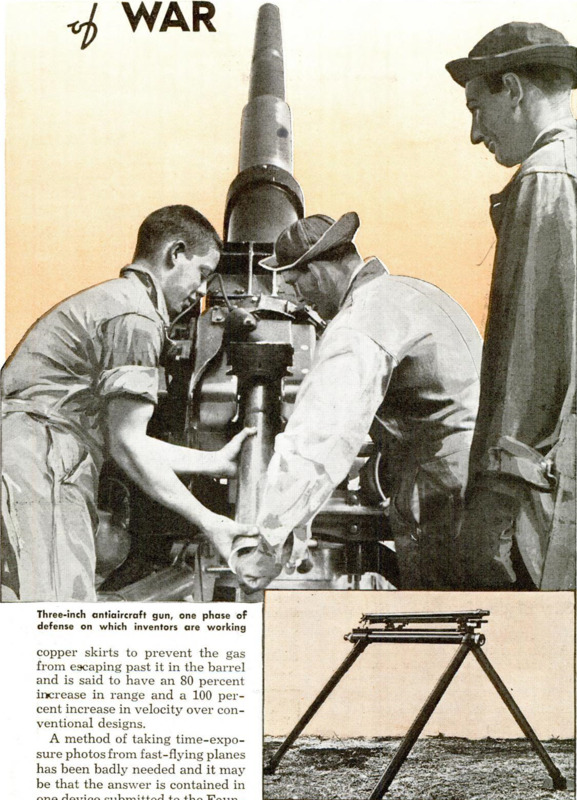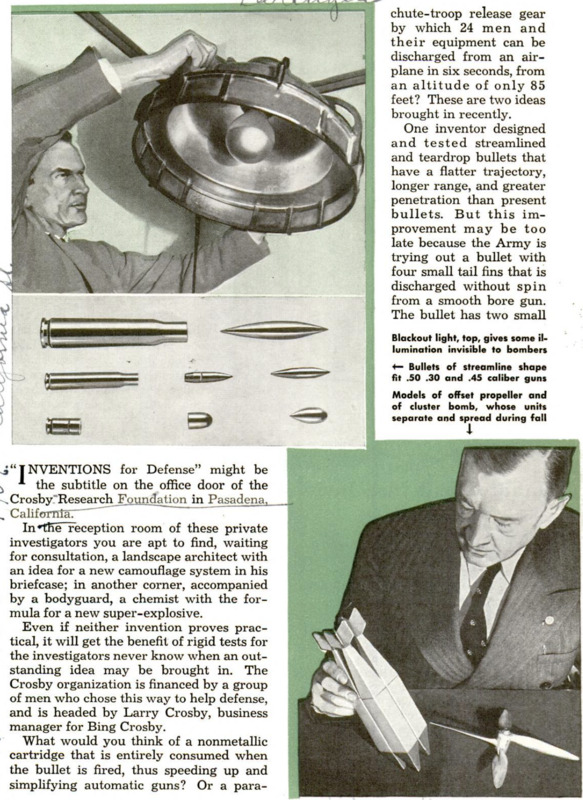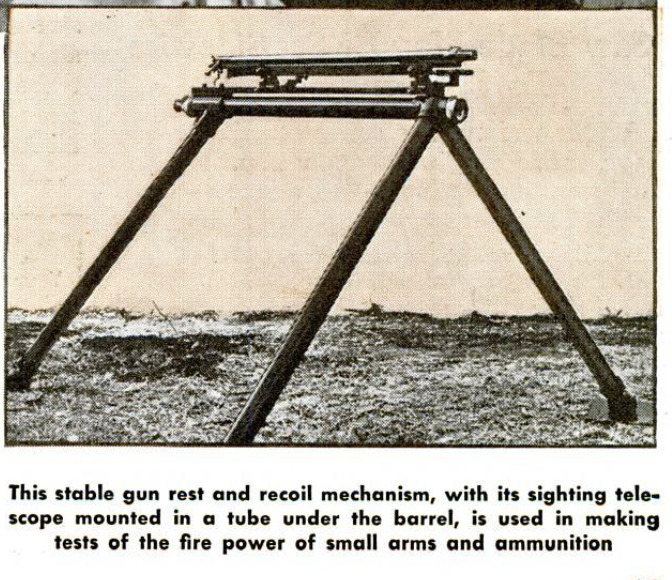Hunting New Weapons of War
Contenuto
- Titolo
- Hunting New Weapons of War
- Article Title and/or Image Caption
- Hunting New Weapons of War
- Lingua
- eng
- Copertura temporale
- World War II
- Data di rilascio
- 1941-11
- pagine
- 14-15, 168-169
- Diritti
- Public Domain (Google digitized)
- Sorgente
- Google books
- Referenzia
- Pasadena
- California
- Larry Crosby
- Bing Crosby
- Wright brothers
- Richard Jordan Gatling
- Hiram Stevens Maxim
- Archived by
- Enrico Saonara
- Alberto Bordignon (Supervisor)
- Copertura territoriale
- United States of America






